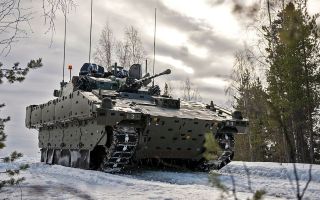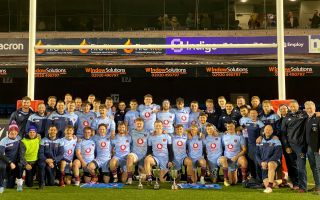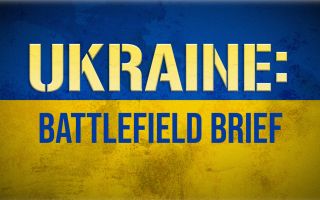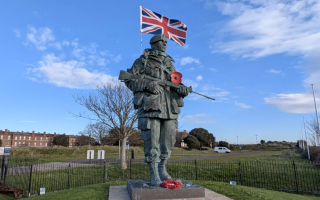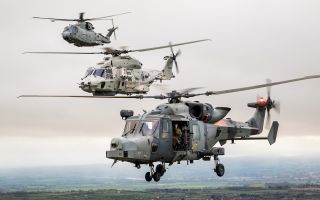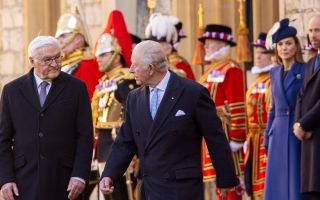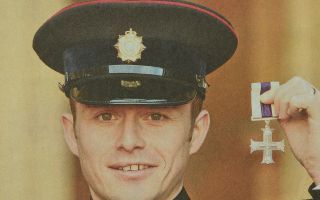Did drag help men explore gender non-conformity during the First World War?
Dressing up for theatrical performances, which often included the art form of drag, was a common form of escapism for many male soldiers during the First World War as they put on performances to bring some light and entertainment amid the horrors of warfare.
Images taken at one internment camp that housed 'enemy aliens', for example, show men dressing for several theatrical productions in which it is thought drag featured as a form of escapism and simply artistic expression on stage.
A new podcast explores how, for some, dressing in drag was also a way of exploring gender non-conformity.

There are no suggestions any of the men pictured in these images might have been delving into gender non-conformity, as their personal reasons remain unknown.
However, there are diary entries and other records from the era that suggest that, for some, dressing in drag was more than theatre and a form of expressing their true selves during a time when general society had very rigid views of gender identity.
In the new exclusive podcast, 'Soldiers In Skirts', BFBS the Forces Station takes a look at the fascinating history of the often secret and insatiable relationship the Armed Forces has with drag performances.
Alice Vickery, a BFBS broadcaster, has delved into gender non-conformity in the Armed Forces throughout history.
She starts with the internees who used drag as a morale booster while in a British internment camp during the Great War.
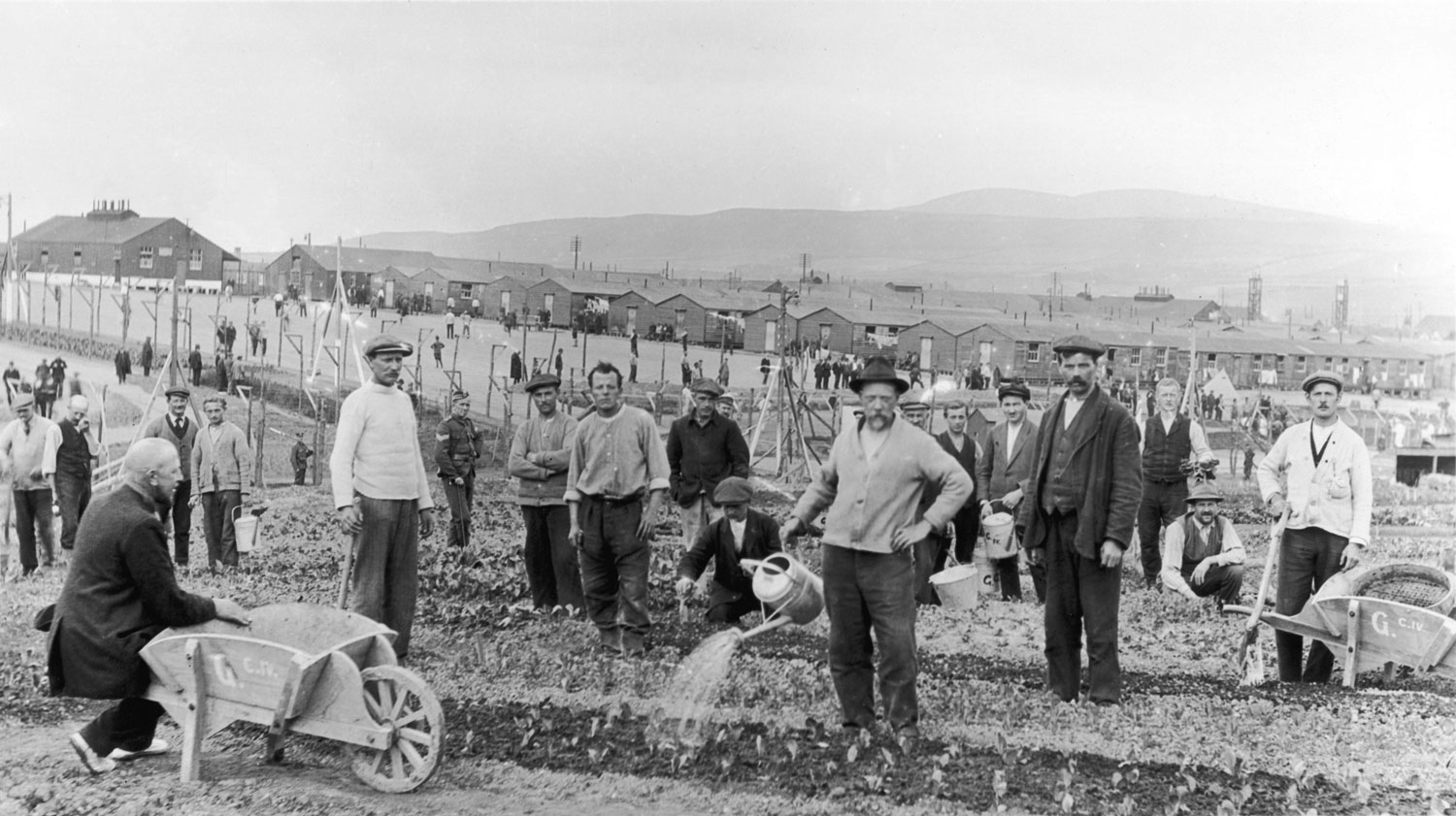
Knockaloe, the world's largest WW1 Internment Camp, located on the Isle of Man, is a prime example of how drag can provide an escape, even in the darkest of times.
Kit Heyam, author of 'Before We Were Trans' – in which the rich history of gender fluidity is celebrated and personal stories across the centuries are shared – spoke to Alice about the men who were incarcerated in Knockaloe but were not prisoners of war because they had never fought against Britain.
They were there simply because they were thought of as 'enemy aliens'.
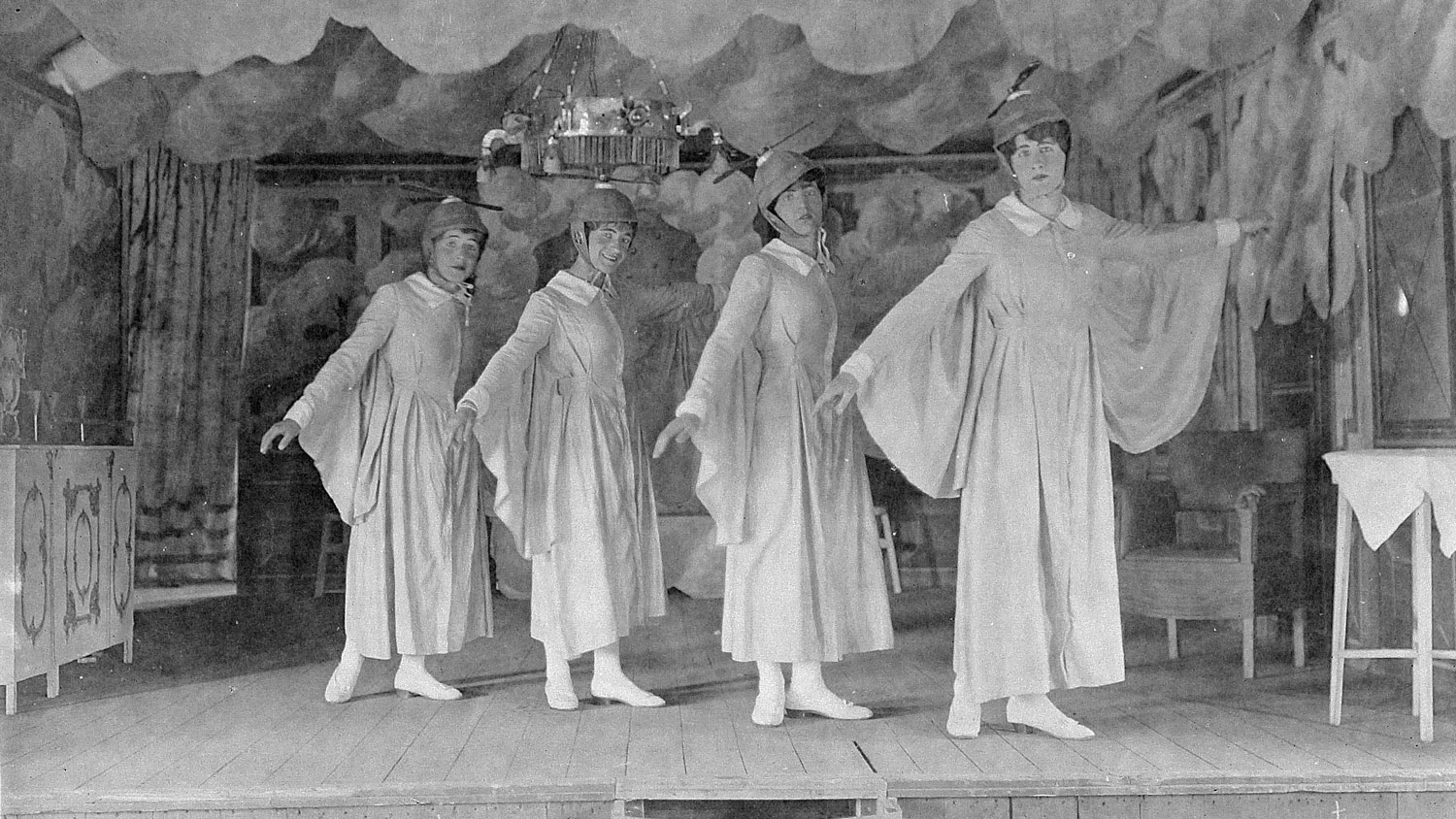
The Aliens Restriction Act was swiftly passed by Parliament on 5 August 1914, the day after war was declared on Germany, requiring foreign nationals or 'aliens' to register with the police.
These men and women who lived and worked in Britain, often with children born in the country, had a birthplace in the countries of one of Britain's enemies during WW1 and were referred to as enemy aliens and either had to regularly check in with the police, be interned in camps or deported.
Kit said: "They couldn't be made to do any forced labour, but they also couldn't work and so they had absolutely nothing to do.
"There were real, real problems with mental health because of this complete, kind of, lack of purpose.
"The people who were supporting them encouraged them to do... productive activities like theatre."
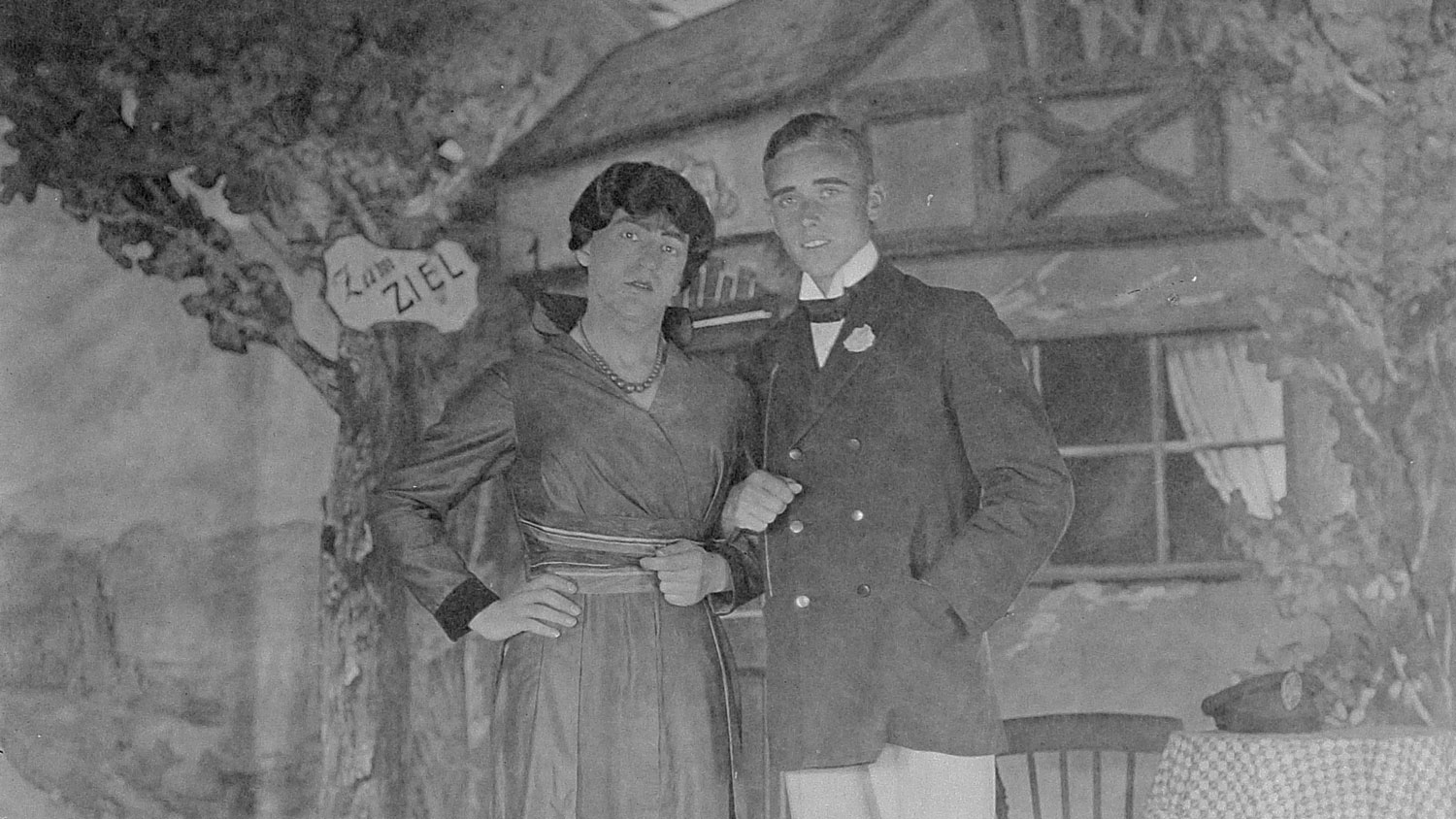
Kit says this is where drag came into play.
In this close-knit community that had little communication with the outside world and nothing but time, art such as drag became the ultimate form of escapism.
The lack of women at the camp acted as a gateway for some, who, in this small and unique society, would present as a woman.
Kit said: "Anyone who identified as male could completely step outside of their own experience by actually presenting as a different gender and, of course, for those who didn't identify as male, who felt actually more comfortable presenting as women, it offered a really unique opportunity to present in the way that they wanted to."
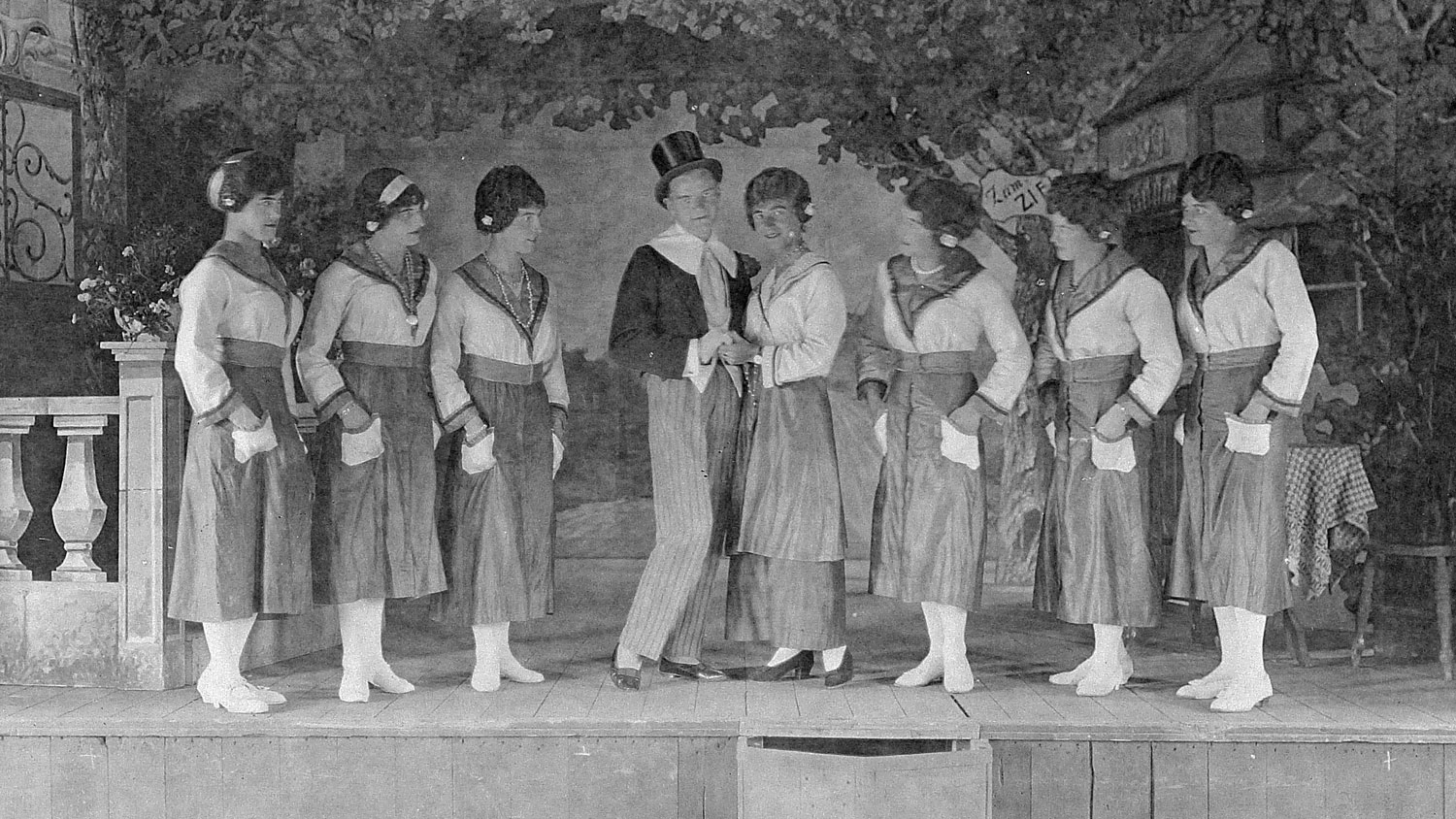
The lack of women to portray female roles in the plays they staged paved the way, Kit says, for some internees to express their true self and dress in clothes they felt represented their gender more accurately.
Kit says that some of the men at Knockaloe who presented as women while performing on stage, received fan mail which referred to them in feminine terms. They also sometimes found themselves being sexually harassed by the other internees.
Kit said: "One lieutenant wrote a letter to the German sexologist Magnus Hirschfeld to say he'd seen a drag show and he thought that the performer was probably expressing their real self on stage and that was why their performance was so convincing."
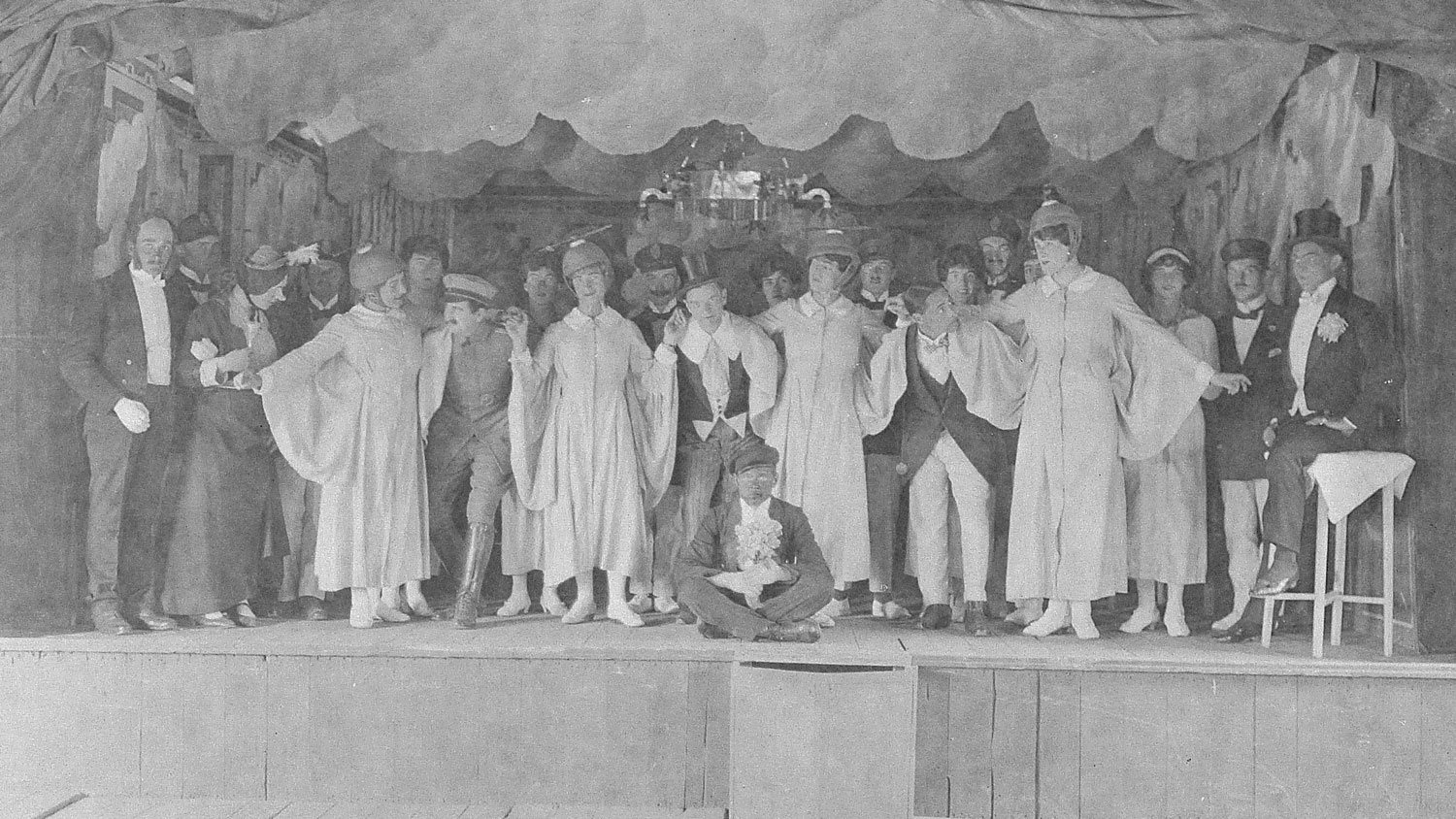
Some internment camp newspaper reviews would heap praise on the performers on stage who portrayed themselves as women, as Kit explains, saying: "They weren't interested in, kind of, laughing at the parody of femininity so that's quite revealing in terms of the kind of drag that these people were doing."
And for one man, this changed his perception of gender altogether.
Kit said: "There was one internee who wrote in his diary that watching these shows made him realise how much better the world would be if certain men were ladies and certain ladies men."
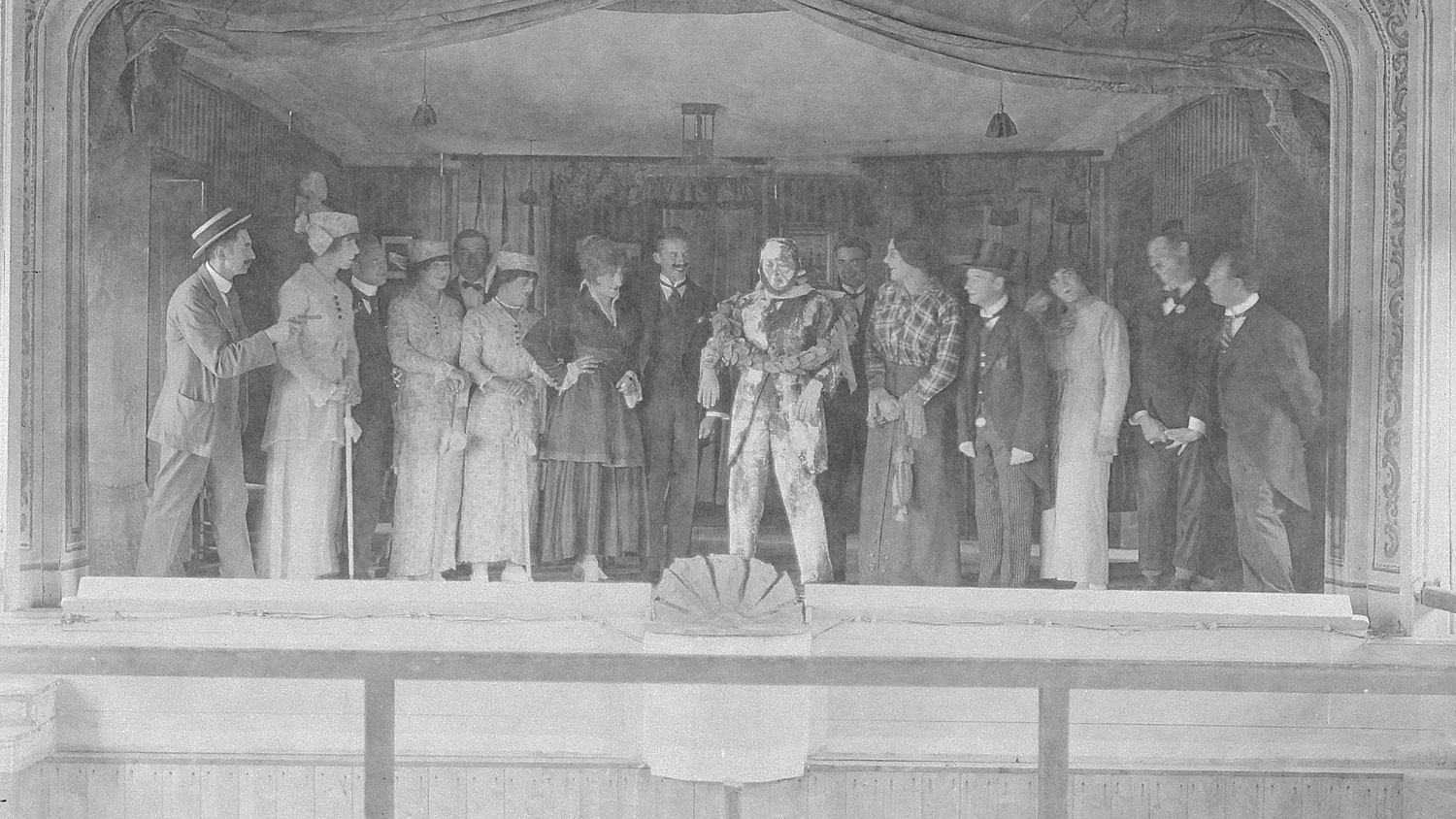
Indeed, experiencing wearing dresses on stage helped some men to understand their own trans identity.
However, even at a time when many did not connect the act of a man presenting as a woman with homosexuality – which was illegal until it was decriminalised in 1967 – the internalised shame of what they were doing persisted.
Kit said: "There was always a lot of talk about not letting photos of people presenting as female get outside of the camps.
"People talked about the world kind of disappearing at the barbed wire.
"It was a space for experimentation, with the caveat that people knew it couldn't necessarily continue outside of that."
Cover image: Men at an internment camp on the Isle Of Man dressed in women's clothing while performing plays to boost morale during the First World War (Picture: Manx National Heritage).


